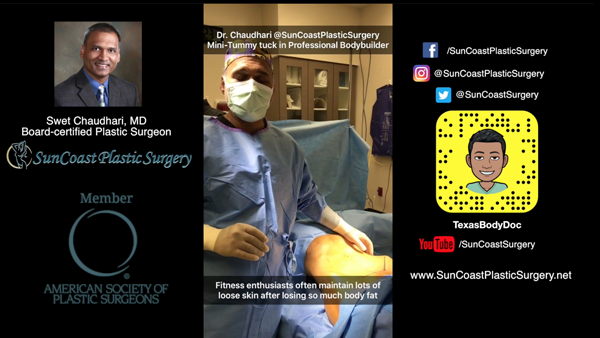CANDIDATES
The ideal candidate for breast reduction surgery has over sized breasts that cause medical problems, low self-esteem, physical or social discomfort, or frustrations with breast size. Breast reduction surgery cannot be performed on women who are pregnant or breastfeeding.
It is important for patients to understand the details and risks associated with this procedure, and to have realistic expectations in order to be satisfied with the results of their surgery. All aspects of breast reduction surgery will be discussed by Dr. Chaudhari during the initial patient consultation.
RECOVERY
Following breast reduction surgery, patients typically experience soreness, swelling and bruising. Bandages are worn for about two days after surgery, and stitches are usually removed after two to three weeks. Activity should be kept to a minimum for one to two weeks. Most women are able to return to work and other normal activities about two weeks following surgery. It is important to see your doctor for regular follow-up visits to ensure that your breasts are healing properly.
The results of the breast reduction procedure are noticeable immediately after surgery and will continue to improve as swelling and bruising subside. Scars will continue to fade with time and can usually be concealed by a bra, swimsuit or low-cut top.
RISKS
Breast reduction surgery is considered safe for most patients, but does carry the same risks associated with any surgical procedure. Some of these risks may include loss of sensation, scarring and asymmetry, and general surgical risks such as infection, bleeding and reaction to anesthesia. Complications are uncommon, and most patients come through the procedure with no problems.
Dr. Chaudhari will discuss these and other risks with you prior to surgery, as well as answer any questions you may have to ensure that your procedure goes as smoothly as possible, and you enjoy the results you want.








